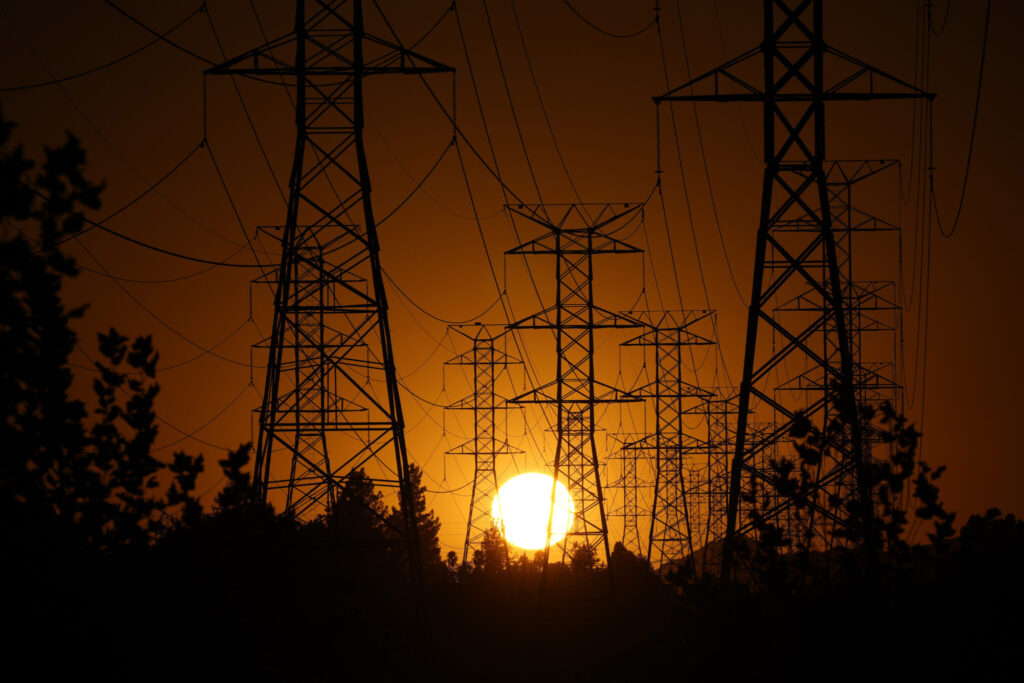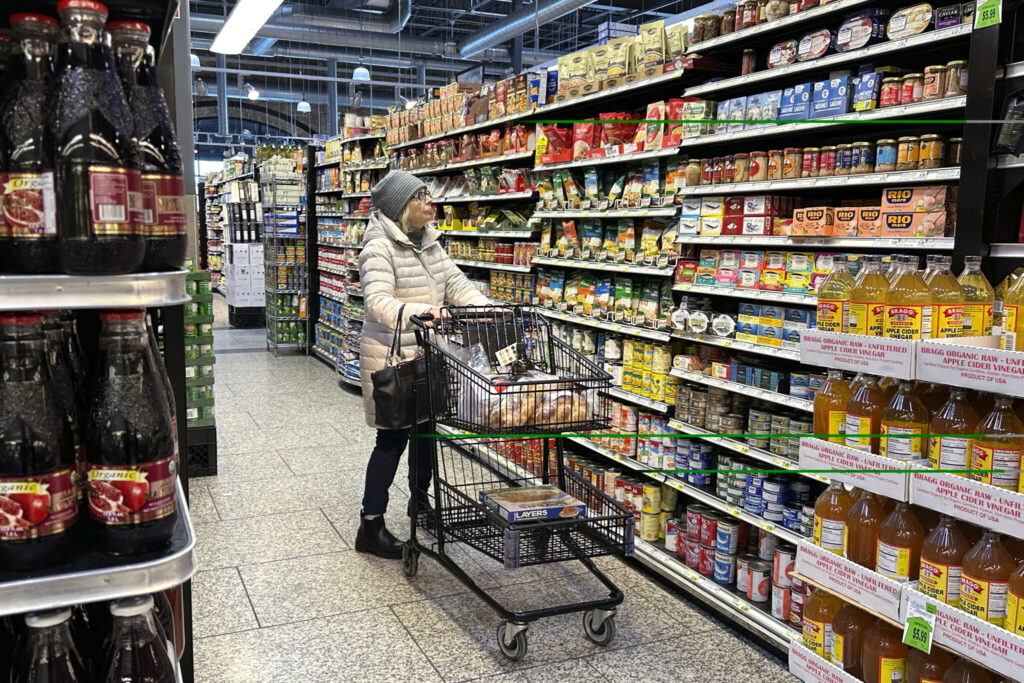U.S. GDP growth Q3/ 2.8% GDP increase/ consumer spending U.S. economy/ Fed rate cuts/ U.S. inflation 2024/ WASHINGTON/ J. Mansour/ Morning Edition/ The U.S. economy grew at a 2.8% annual rate in Q3, fueled by strong consumer spending despite high interest rates. The Federal Reserve is expected to continue reducing rates, with inflation down significantly from recent highs. The robust economic performance could impact voter sentiment as the presidential election approaches.

U.S. Economic Growth Driven by Consumer Spending: Quick Looks
- GDP growth: The economy expanded at a 2.8% annual rate in Q3.
- Consumer strength: Robust spending and rising consumer confidence contributed to economic resilience.
- Employment trends: Job growth has moderated but remains steady, despite a cooling job market.
- Fed rate cuts: The Federal Reserve has reduced rates amid progress against inflation, with more cuts expected.
- Election impact: The economic backdrop is a key factor in the 2024 presidential race.
U.S. Economy Expands 2.8% in Q3 Amid Strong Consumer Spending
Deep Look
The U.S. economy posted a strong 2.8% annual growth rate for the third quarter, driven largely by robust consumer spending even as high interest rates continued to weigh on borrowing. Wednesday’s report from the Commerce Department, the first of three GDP estimates for the July-September quarter, marks a slight slowdown from the 3% growth rate recorded in Q2 but reflects economic resilience as the nation approaches the 2024 presidential election.
Consumer Spending Supports Growth Amid Rising Confidence
Despite a year and a half of high interest rates aimed at controlling inflation, consumers have continued to spend, fueling a stronger-than-expected GDP growth. Notably, Tuesday’s consumer confidence report from the Conference Board showed its largest monthly rise since March 2021, with fewer Americans expecting a recession in the coming year. This increase in confidence has boosted spending across sectors, helping stabilize an economy that many analysts had predicted would fall into recession by now.
The resilience of consumer spending is critical to economic health, as household purchases account for nearly 70% of GDP. This spending strength has persisted despite the Federal Reserve’s aggressive interest rate hikes throughout 2022 and 2023, implemented to combat inflation by making borrowing more expensive for consumers and businesses alike.
Employment Market Cooling but Steady
The robust GDP growth comes even as the U.S. job market has begun to lose some of its earlier momentum. Government data shows that job openings declined to their lowest levels since early 2021, while employers are adding jobs at an average rate of 200,000 per month this year. This is a notable slowdown from the peak job gains seen in 2021, when the economy was rebounding from the pandemic’s effects, but it remains solid by historical standards.
For October, the Labor Department’s report, expected on Friday, forecasts 120,000 new jobs, though Hurricanes Helene and Milton, as well as a recent Boeing strike, may have temporarily affected employment numbers.
Federal Reserve’s Rate Cuts and Inflation Progress
The Federal Reserve has begun cutting its key interest rates as inflationary pressures ease and the job market cools. Last month, the Fed announced a substantial half-point rate cut, the largest reduction in over four years. The upcoming Federal Reserve meeting is expected to deliver another, smaller cut of 0.25%. Policymakers have hinted at additional cuts in November and December, with further reductions planned through 2025 and 2026, ultimately making borrowing cheaper for businesses and consumers.
Inflation, which soared to a 40-year high of 9.1% in June 2022, has since dropped to 2.4%, just above the Fed’s 2% target. While inflation remains below peak levels, prices remain significantly higher than pre-pandemic levels, impacting household budgets and prompting ongoing voter concern.
Economic Context in the Presidential Race
As the 2024 presidential election approaches, the economy remains a central issue for both Vice President Kamala Harris and her opponent, former President Donald Trump. With inflation down substantially, Harris’s campaign highlights the administration’s efforts to stabilize prices and stimulate growth. However, concerns over the higher costs of essentials linger, making economic performance a pivotal issue among undecided voters. Mainstream economists have warned that Trump’s economic policies could exacerbate inflation, while Harris’s proposals aim to build on current growth and inflation progress.
Ultimately, the Q3 GDP report underscores the economy’s resilience, with consumer spending and renewed confidence acting as stabilizing forces. With additional rate cuts likely and inflation nearing target levels, the economic outlook remains a key focus for both policymakers and voters as Election Day draws near.







